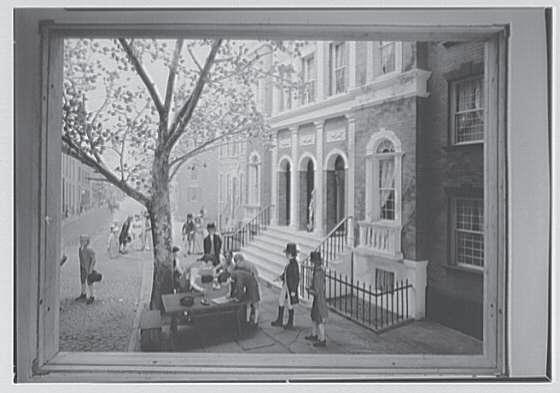
1 minute read
The Buttonwood Agreement
About the Author: Jud Scott is a lover of trees and history and has earned the designation of Registered Consulting Arborist #392 (RCA) with the American Society of Consulting Arborists. As an RCA, Jud advises attorneys, landscape companies, park departments, developers, architects, insurance companies, as well as homeowners concerning their trees and landscapes. Jud can be reached at Jud@judscottconsultingarborist. com or at 317-816-8733.
It was under the watchful eye of a buttonwood tree that the New York Stock Exchange was conceived. In May of 1792, 24 of New York’s leading merchants met secretly to sign what would become known as The Buttonwood Agreement. The agreement established trading rules for the buying and selling of bonds and the trading of companies’ stock. The Buttonwood Agreement stood until 1820 when regular meetings and the daily stock calls began.
Advertisement
It is appropriate that the signers of the agreement chose a buttonwood because it goes by another common name, the American Sycamore (Platanus occidentalis). Truly a tree with many common names, it is thought that early European settlers gave the tree the common name of sycamore because it resembled the European Sycamore, which is actually a maple. It also goes by the common name “buttonwood”, which may be because portions of the tree were used for early buttons, as well as the common name “buttonball” because of the form of the fruit.
No matter by which name, the American Sycamore oversaw a momentous day in the framing of American commerce.














